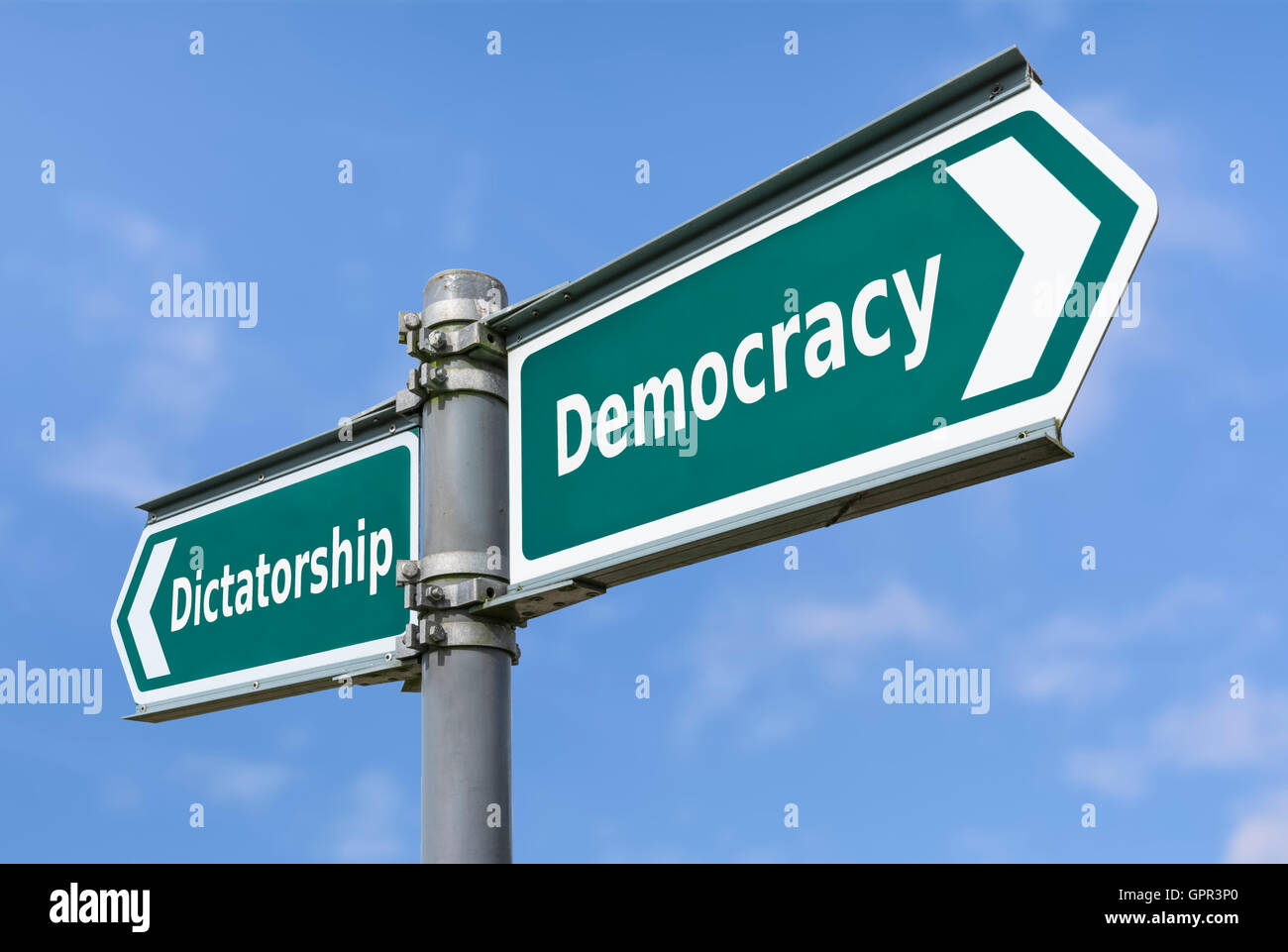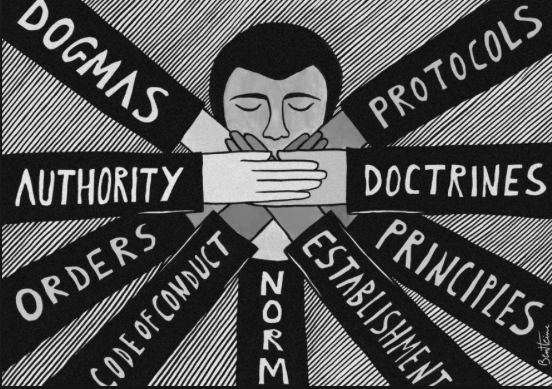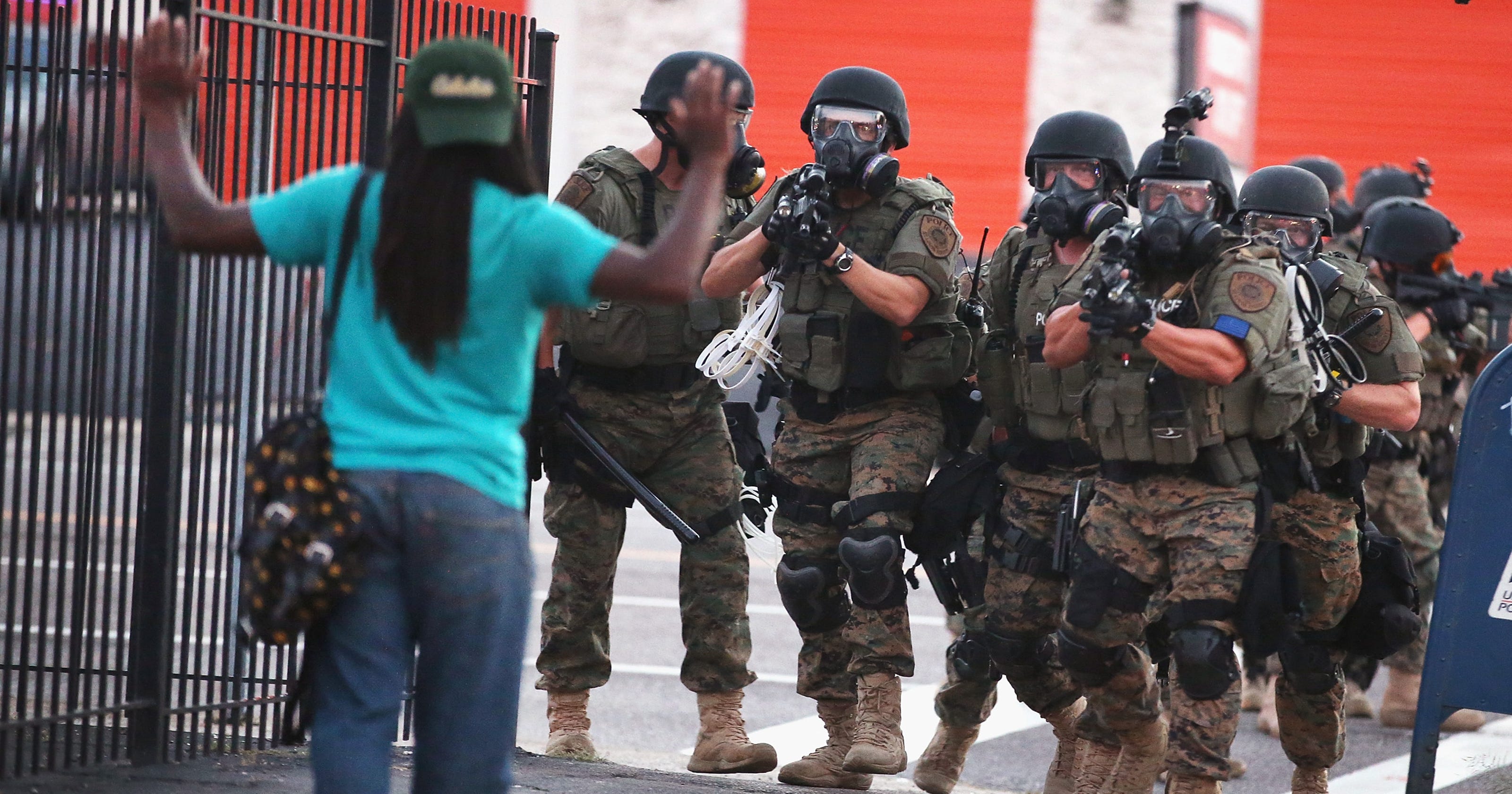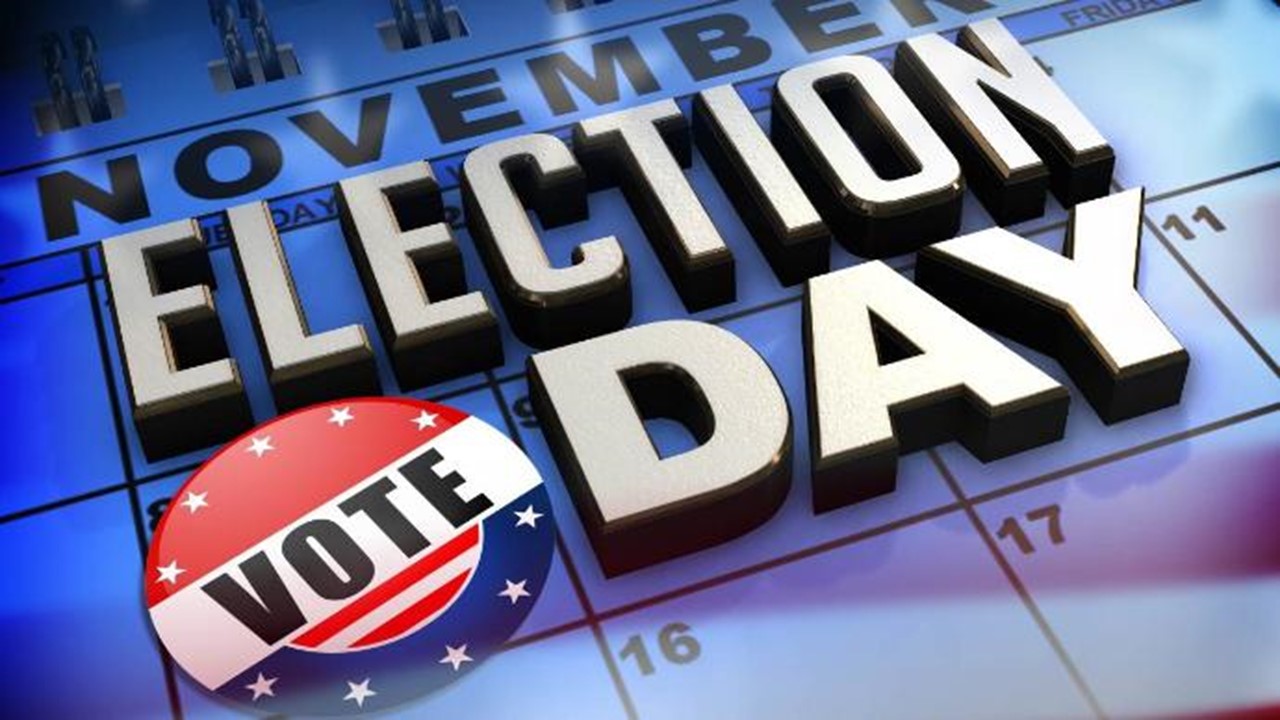
Moving Towards ‘Illiberal Democracy’
Van Gosse / Special to EAW
Note: The author recently participated in a webinar on “Authoritarianism or Democracy” along with Noam Chomsky and Ty de Pass, sponsored by Massaschusetts Peace Action. The entire webinar can be viewed at this link: https://youtu.be/UH0v9pjo-I0
(June 28, 2020) — We should be clear at the outset: the US has never lived up to the core premises of liberal or parliamentary democracy, which are:
- the rule of law applied equally to all citizens;
- majority rule through free and fair elections.
Majorities do not rule in this country. Basic citizenship rights, whether the right to vote or to be secure in one’s own person, are routinely violated. Instead of automatic voter registration and a single national register, three thousand county authorities administer elections as they see fit. We have locked up millions of black and brown men and women for minor offenses. And, as bad as national police forces can be, we have something worse: 18,000 separate policing agencies, most of which require hardly any vetting or training before authorizing someone to use deadly force.
And yet, since the 1960s we have made advances towards actual democracy on many fronts. We have something to protect, which is why the present conjuncture is so fraught.
In an essay this spring, I argued that the US was on a tipping point towards outright authoritarian rule, and that in a second Trump administration, the US will move sharply towards illiberal democracy, which is the self-description for a new model of authoritarian governance sweeping large parts of the world, from India to Brazil, Turkey, Russia, and various central European states.
In an illiberal democracy, a temporary electoral majority uses its grip on power to subvert the main institutions of the state and civil society: the independent media; the judiciary; the police. All the while, a façade of electoral democracy is maintained, with multi-party elections, a parliament that debates, and some toleration of dissent. But the essence of democratic rule is regularly violated.
In each case, the winning party has polarized popular sentiment via appeals to xenophobic, nativist, religious, or ethno-racial phobias. Muslims are the target in India, Roma and Sinti in Hungary, Jews and LGBT people in Poland, the indigenous in Brazil, Kurds in Turkey, a rainbow of “foreign” peoples in the US and Russia.
What form will illiberal democracy take here, if Trump wins again? Pundits have sketched many bad things, but those scenarios presume the basic structures of the US state continue functioning under Republican rule.
My presumption is different. I think those structures will be pulverized and a fundamentally lawless regime will set about maintaining itself in power, while pretending to democratic norms. Indeed, this assault on democracy is already happening. So far it is aimed mainly at people who are not Trump loyalists who hold some power: the Governor of Michigan or officials in the so-called “Deep State,” meaning the federal civil service.

In a second Trump Administration, democratic functioning will be attacked in four stages:
First, complete the take-over of the judiciary.
Second, plant loyalists in all decision-making posts in the state apparatus.
Third, green light paramilitary violence.
Fourth, seize control of the state’s monopoly on legitimate coercion via the police.
Implementing this progression does not require the tropes of dictatorship: tanks in the streets and thousands jailed. Trump would let the New York Times publish, and the mechanisms of parliamentary representation would continue. Democrats would remain in Congress and some state houses, because their impotent voices would legitimize Republicans staying in power by any means necessary.
Let’s start with the judiciary, which has been a bulwark against early Trump excesses. Any basic reading of US history teaches that the modern federal judiciary will at least guarantee rights. Even as the Burger, Rehnquist, and now Roberts Courts turned rightward, the Warren Court’s precedents were presumed to hold, in part because new rights were sometimes added, as in decisions extending protection to LGBTQ people. But meanwhile, a long series of rulings enabling racialized mass incarceration escaped notice, so that by the time Michelle Alexander’s The New Jim Crow appeared in 2011, the damage was already done.
Now the Court has turned to eviscerating democratic rights. Shelby v. Holder in 2013 ruled key parts of the 1965 Voting Rights Act unconstitutional, and the 2019 Rucho v. Common Cause stipulated that “Partisan gerrymandering claims present political questions beyond the reach of the federal courts”; these were huge setbacks to democratic protections we have counted on for half-a-century, and then came the Court’s April 2020 refusal to block Wisconsin Republicans’ attempted mass disfranchisement, which clarified we are in the middle of a judicial counter-revolution.

We now have a Court like those which permitted Jim Crow’s apparatus of disfranchisement from the 1870s to the 1940s, during which the Fourteenth Amendment’s guarantees of equal protection and due process explicitly did not apply to the states. As long as poll taxes and literacy tests were nominally nonracial, they were permitted; similarly, in the 21st century, it seems “voter identification” laws, purges of voter rolls, and gerrymanders will be permitted under almost any circumstance.
In a second Trump administration, the Supreme Court, already under right-wing control, will be further undermined by retirement of the remaining liberal justices; with two more of his own, Trump will not have to worry about John Roberts protecting his legacy. That judicial purge will be extended to the entire federal bench, as signaled by McConnell pressuring judges to retire so Trump can replace them. There will be no possibility of judicial review or restraint, and remaining independent judges will be subjected to public and private intimidation.
Once McConnell has consolidated his take-over, we will move back to a world of constant quasi-legal repression–grand jury indictments, tax and fraud prosecutions, weaponizing the IRS against political groups and individual activists, a barrage of injunctions to block protests, strikes, and efforts by local and state governments to resist Trump.

Moving on to the State Apparatus….
Since 2017, Trump has steadily undermined structures of government that benefit ordinary people, whether OSHA, the Centers for Disease Control, the National Labor Relations Board, the Departments of Housing and Urban Development, Education, and Labor, the National Park Service, or the EPA. All have been corrupted for narrow partisan purposes. Current attempts to destroy the Postal Service and politicize the Census are the most visible illustrations of this attack.
Trump’s special targets, however, are those government agencies that enforce laws domestically and abide by norms and agreements internationally. He has moved to turn the FBI, the Justice Department, the State Department, and the entire intelligence apparatus from institutions accountable to Congress into enforcers of his personal agenda.
Until now, the FBI has tried to maintain its legitimacy, but if Trump games November, they will become his personal police, with the President acting as the new Hoover. Any individual or organization will be fair game for infiltration, disruption, suppression, and blackmail at the behest of the White House. Trump’s enemies in the Democratic Party, the press, and the state apparatus will be first-priority targets. Many people will disappear from public life in a campaign that will make Nixon’s “enemies list” look small-scale. Once the mainstream is knocked down, the left will be next in line.

And, Of Course, the Police…
Violent policing aimed at people of color and political dissenters is a deep-rooted feature of US history. But the systemic impact of that coercion has been curtailed by the dispersed structure of our policing system. A national paramilitary police force directed from the White House and armed with advanced military weaponry would be new and exceptionally dangerous.
This potential was signaled in February when Trump sent what is essentially a military force, the Border Patrol Tactical Unit or BORTAC, into sanctuary cities to work with ICE. Beyond that, what will happen if ICE or FBI agents start arresting his most outspoken opponents? Do not presume that the Blue States are safe: would the New York or Chicago police departments disarm federal officers who started rounding up leftwing Black and Latino city council members and Members of Congress?
In this scenario, Trump would appeal to the “thin blue line” to come to his aid, and armed men in uniform will answer his call in the Blue states, while Red state governors and legislatures respond enthusiastically. At that point, it will not matter that there is no constitutional authority for a president seizing control of local police.
The final possibility, signaling a descent into fascism, would be outright political violence condoned from the top. We have not seen that kind of politics since the routine floggings and killings of Black and white Republicans by Democrats during Reconstruction. The Bundys’ occupation of federal lands, Nazi gangs marching through Charlottesville, and gun-rights rallies at state capitols featuring men in body armor with automatic weapons, are now escalating into armed parades in streets and legislative chambers.
We need to take this systematic aggression seriously.Every day I get emails from websites like Conservative-Daily.com calling Schumer and Pelosi “traitors.” Trump rose to power suggesting his opponent should be “locked up.” Last year he regularly stoked crowds chanting “Send Her Back!” against Representative Ilhan Omar. How long before zealots act on that language, and give traitors what they deserve?
All of these possibilities are already moving forward.
Regarding the judiciary, look at the past month. Trump has appointed his 200th federal lifetime judge. McConnell has put an unqualified protégé, Justin Walker, onto the DC Circuit Court. On June 24, a Trump appointee to that court issued an opinion preemptively freeing Michael Flynn. Finally, in advance of a possible defeat, McConnell will keep pushing all of the Bush I and II appointees to retire, so he can replace them with Federalist Society apparatchiks. This is a creeping coup with consequences lasting decades.
Second, Trump’s desire to use armed force against Americans is unslaked. It took exceptional interventions by his Secretary of Defense and the US’s chief military officer, General Mark Milley, to block Trump from invoking the 1807 Insurrection Act to send elite units like the 82ndAirborne onto the streets of the capital, and he did deploy unidentified heavily armed men from various federal agencies, while eleven Republican governors sent their National Guards to his aid.
Third, the police. The weeks since George Floyd’s murder have clarified to all the extent to which the police—in Minneapolis, in Philadelphia, in New York—are a hyper-militarized law unto themselves, an explicit authoritarianism right in our midst.
As for the rising danger of armed gangs: everyday, in small-town papers or on Twitter, you can find pictures of white nationalist “militias” parading. Where I vote, in Lancaster County, PA, the Carlisle Light Infantry invaded peaceful Elizabethtown on June 6, during a Black Lives Matter rally. They took up firing positions on rooftops, while the police stood by.
Behind each of these present dangers and future threats lies a single fact, which is that the Republican Party has consolidated around white nationalist, obscurantist, even nihilist politics. Four years ago, that party’s rightist base swept away all other candidates to put Trump into nomination, but really telling was how respectable, upper-middle-class Republicans rallied to him even faster than they had lined up behind Romney in 2012.
In any political universe before 2016, the world of Dole, the Bushes, McCain, Romney, even Reagan, few would have imagined such a development, but it was percolating under our feet all the while. The Republican Party has become, functionally, a party of the far, hard right. Obviously, Massachusetts Governor Charlie Baker and what’s left of New England Republicanism are a different breed, but it doesn’t matter, because neither Governor Baker nor his voters have demonstrated any willingness to break with their national party.
So, here’s a painful conclusion: too many of us on the left thought we had banished our nation’s specters of violent, lawless cruelty and naked authoritarian rule over captive peoples. Those ghosts did not accept their defeat, they weren’t “ghosts” at all. They simply re-made themselves into a new institutional form–today’s Republican Party as the successor to the old Southern Democrats, the “Party of White Supremacy” which controlled the states of the Confederacy from the 1890s to the 1960s with no opposition, perverting democracy.
Certainly, there are grounds for hope. On a wide range of core issues, the US is shifting to the left, not only in the sea change among whites regarding Black Lives Matter and the reality of systemic racism but also the well of support for a socialist presidential candidate and thoroughly social-democratic policies: a Green New Deal, Medicare for All, finally confronting the Great Idol of US politics—the military budget.
Looking around the world, however, authoritarian regimes usually come to power because the left is surging, posing a real challenge to existing elites. Whether in Italy in the 1920s or Brazil in the 1960s, conservatives who formerly abided by the norms of parliamentary rule allied with the authoritarian right to preserve their own social and economic power. Is that not what we have been living through, not just since January 20, 2017 but for decades?
The Right, which is to say Reagan Republicans joined by Southern whites, foresaw the nation shifting towards a functioning multiracial democracy. Obama’s presidency was a red flag to them; for the first time since 1964, a Democrat won majorities of the popular vote, not once but twice. As the political hip-hop group Public Enemy prophesied back in the Reagan years, it was “Fear of a Black Planet” that drove them then, and drives them now.

What Is To Be Done?
Of course, right now Trump’s re-election seems unlikely. But we cannot ignore that he might again pull a rabbit out of the hat, meaning an Electoral College majority. His unique campaigning skills plus a real or manufactured crisis could pull the phalanx of Republicans back into line. His party is planning to mobilize 50,000 “monitors” recruited from police and veterans to intimidate voters at the polls.
The COVID-19 pandemic is generating massive confusion in electoral administration and could suppress in-person voting. Millions may find the untested procedures for vote-by-mail a stumbling block. In the end, all Trump needs is perhaps 44% of those who actually vote.
Van Gosse is a Professor of History and Chair of the Africana Studies and Franklin and Marshall College in Lancaster, PA.